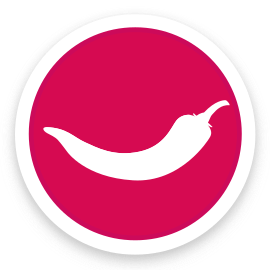Note publique d'information : Un usager qui interagit avec un produit a un ressenti subjectif émotionnel, sémantique
et perceptuel. De nombreuses méthodes pour intégrer ces ressentis dans la conception
de produits existent. Des études bibliographiques et auprès de concepteurs montrent
que ces méthodes ont un langage pluridisciplinaire qui rend difficile la connaissance
du ressenti que chaque méthode intègre et le choix d’une de ces méthodes en conception.
Pour assister ce choix, des outils tels la méthode du Projet Engage existent. Une
simulation de l’utilisation de la méthode Engage montre des difficultés dans le choix
d’une méthode d’intégration : identifier ce qui est intégré par une méthode d’intégration,
définir les informations d’entrée/sortie, comprendre les taxinomies de ces méthodes
et déterminer dans quelle étape du processus de conception les résultats d’une de
ces méthodes peuvent s’utiliser (actionnabilité). La méthode MIIS est alors proposée
pour définir et expliciter les informations d’entrée/sortie des méthodes d’intégration.
Une taxinomie de ces méthodes est aussi proposée. Enfin, des paramètres d’actionnabilité
sont évalués pour savoir en quoi ils aident au choix des méthodes. Ces propositions
ont été expérimentées et discutées. La méthode MIIS est adaptée pour identifier les
entrées/sorties des méthodes d’évaluation des ressentis, mais est moins performante
pour des méthodes d’exploration des ressentis en amont du processus. Les caractéristiques
de la taxonomie sont dépendantes du critère de classification ce qui est une difficulté
potentielle. Les critères d’actionnabilité des méthodes d’intégration ne semblent
pas aider au choix de ces méthodes. Il est également montré expérimentalement que
les trois propositions ensemble aident effectivement au choix de ces méthodes en conception.
Des perspectives sont ouvertes, portant sur les méthodes permettant de définir la
taxinomie et de revoir ce qu’est l’actionnabilité d’une méthode en conception.
Note publique d'information : A user who interacts with a product has a subjective emotional, semantic and perceptual,
experience with it. Many methods to integrate these experiences in product design
exist. Bibliographical and product designer’s studies show that these methods have
a multi-field language with makes difficult to know what the integrated experience
is and to make a choice of one of these design methods. To assist this choice, a tool
such the Engage Project method exist. A simulation of the use of the Engage method
looked for the difficulties in the choice of an integration method to identify what
is integrated by a method of integration, to define input/output information, to understand
taxonomies of these methods and to determine in which stage of the process of design
the results of one of these methods can be used (actionnability). Method MIIS is then
proposed to define and clarify input/output information of integration methods. A
taxonomy of these methods is also proposed. Lastly, parameters of actionnability are
evaluated to know in what they help with the choice of the methods. These proposals
were tested and discussed. Method MIIS is adapted to identify the inputs/outputs of
experiences evaluation methods, but is less powerful for methods to explorer user’s
experiences used upstream in the process. Taxonomy characteristics are dependent on
the criterion of classification what is a potential difficulty. The criteria of actionnability
of the methods of integration do not seem to help with the choice of these methods.
It is also shown in experiments that the three proposals together help indeed with
the choice of these design methods. Prospects are open, bearing on the methods making
it possible to define the taxonomy and to re-examine what is the actionnability of
a design method.

 paprika.idref.fr
paprika.idref.fr
 data.idref.fr
data.idref.fr
 Documentation
Documentation

 paprika.idref.fr
paprika.idref.fr
 data.idref.fr
data.idref.fr
 Documentation
Documentation
